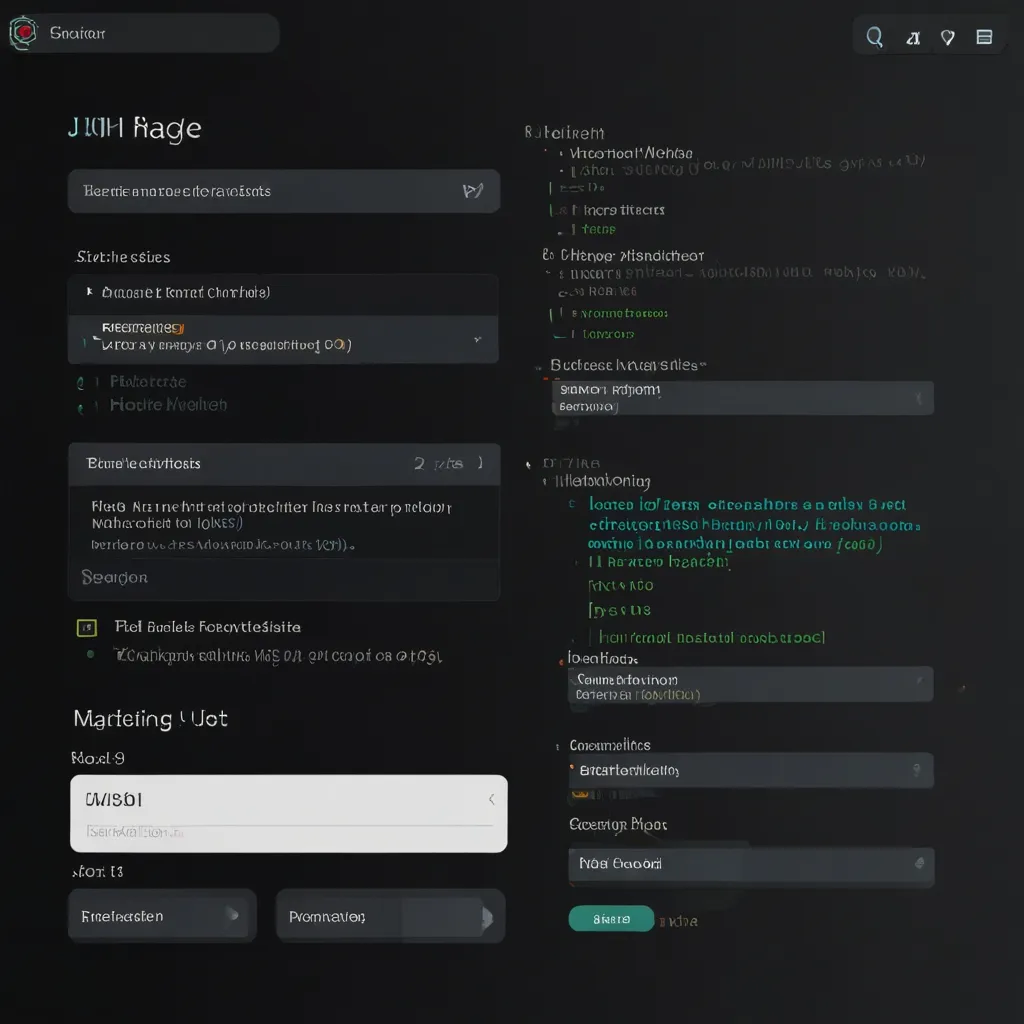WebSocket connections have become essential for real-time communication in modern web applications. I’ll share my experience implementing secure WebSocket systems across various projects, focusing on crucial security aspects and best practices.
The WebSocket handshake represents the first security checkpoint. During this phase, we must validate client credentials and ensure proper protocol upgrade. Here’s a Node.js example implementing secure handshake:
const WebSocket = require('ws');
const jwt = require('jsonwebtoken');
const wss = new WebSocket.Server({
verifyClient: (info, callback) => {
const token = info.req.headers['authorization'];
if (!token) {
callback(false, 401, 'Unauthorized');
return;
}
try {
const decoded = jwt.verify(token, process.env.JWT_SECRET);
info.req.user = decoded;
callback(true);
} catch (err) {
callback(false, 401, 'Invalid token');
}
},
port: 8080
});
Token-based authentication provides a robust security layer. I recommend using JSON Web Tokens (JWT) for their versatility and standard compliance. Here’s how to implement token validation on the client side:
const socket = new WebSocket('wss://api.example.com');
const token = localStorage.getItem('authToken');
socket.addEventListener('open', () => {
socket.send(JSON.stringify({
type: 'auth',
token: token
}));
});
Connection state management requires careful tracking of authenticated sessions. I’ve found Redis particularly effective for this purpose:
const Redis = require('ioredis');
const redis = new Redis();
async function manageConnectionState(userId, socketId) {
await redis.hset(`user:${userId}`, 'socketId', socketId);
await redis.hset(`socket:${socketId}`, 'userId', userId);
const ttl = 24 * 60 * 60; // 24 hours
await redis.expire(`user:${userId}`, ttl);
}
Message encryption ensures data privacy during transmission. Here’s an implementation using the Web Crypto API:
async function encryptMessage(message, key) {
const encoder = new TextEncoder();
const data = encoder.encode(message);
const encryptedData = await window.crypto.subtle.encrypt(
{
name: 'AES-GCM',
iv: window.crypto.getRandomValues(new Uint8Array(12))
},
key,
data
);
return encryptedData;
}
Rate limiting prevents abuse and ensures fair resource distribution. I implement this using a token bucket algorithm:
class RateLimiter {
constructor(maxTokens, refillRate) {
this.maxTokens = maxTokens;
this.tokens = maxTokens;
this.lastRefill = Date.now();
this.refillRate = refillRate;
}
canConsume() {
this.refill();
if (this.tokens > 0) {
this.tokens--;
return true;
}
return false;
}
refill() {
const now = Date.now();
const timePassed = now - this.lastRefill;
const refill = Math.floor(timePassed * this.refillRate);
this.tokens = Math.min(this.maxTokens, this.tokens + refill);
this.lastRefill = now;
}
}
Load balancing WebSocket connections requires sticky sessions to maintain connection state. Here’s a Node.js implementation using Redis for session storage:
const cluster = require('cluster');
const numCPUs = require('os').cpus().length;
if (cluster.isMaster) {
for (let i = 0; i < numCPUs; i++) {
cluster.fork();
}
} else {
const server = new WebSocket.Server({ port: 8080 });
server.on('connection', handleConnection);
}
Heartbeat mechanisms maintain connection health and detect disconnections promptly:
function setupHeartbeat(ws) {
const interval = setInterval(() => {
if (ws.isAlive === false) {
clearInterval(interval);
return ws.terminate();
}
ws.isAlive = false;
ws.ping();
}, 30000);
ws.on('pong', () => {
ws.isAlive = true;
});
}
Error handling requires comprehensive strategies for various failure scenarios:
class WebSocketClient {
constructor(url, options) {
this.url = url;
this.options = options;
this.reconnectAttempts = 0;
this.connect();
}
connect() {
this.ws = new WebSocket(this.url);
this.ws.onclose = () => {
if (this.reconnectAttempts < this.options.maxRetries) {
setTimeout(() => {
this.reconnectAttempts++;
this.connect();
}, this.getBackoffDelay());
}
};
}
getBackoffDelay() {
return Math.min(1000 * Math.pow(2, this.reconnectAttempts), 30000);
}
}
SSL/TLS implementation is crucial for transport security. Here’s a server configuration:
const https = require('https');
const fs = require('fs');
const server = https.createServer({
cert: fs.readFileSync('path/to/cert.pem'),
key: fs.readFileSync('path/to/key.pem')
});
const wss = new WebSocket.Server({ server });
server.listen(8080);
Message validation ensures data integrity and prevents injection attacks:
function validateMessage(message) {
try {
const parsed = JSON.parse(message);
const schema = {
type: 'object',
properties: {
action: { type: 'string', enum: ['chat', 'status', 'ping'] },
payload: { type: 'object' },
timestamp: { type: 'number' }
},
required: ['action', 'payload', 'timestamp']
};
return ajv.validate(schema, parsed);
} catch (e) {
return false;
}
}
Monitoring and logging practices help track system health and security incidents:
class WebSocketMonitor {
constructor() {
this.metrics = {
connections: 0,
messages: 0,
errors: 0
};
}
logConnection(ws) {
this.metrics.connections++;
console.log({
event: 'connection',
timestamp: Date.now(),
ip: ws._socket.remoteAddress
});
}
logError(error, context) {
this.metrics.errors++;
console.error({
event: 'error',
error: error.message,
context,
timestamp: Date.now()
});
}
}
Regular security audits are vital. I recommend automated vulnerability scanning and penetration testing. Additionally, maintain an updated dependency tree and regularly review security patches.
Connection recovery patterns should handle various network conditions:
class ConnectionManager {
constructor(url) {
this.url = url;
this.messageQueue = [];
this.connect();
}
connect() {
this.ws = new WebSocket(this.url);
this.ws.onopen = () => {
this.flushMessageQueue();
};
this.ws.onclose = () => {
this.scheduleReconnect();
};
}
flushMessageQueue() {
while (this.messageQueue.length > 0) {
const message = this.messageQueue.shift();
this.ws.send(message);
}
}
scheduleReconnect() {
setTimeout(() => this.connect(), 5000);
}
}
These security measures create a robust WebSocket implementation. Regular testing and monitoring ensure continued protection against emerging threats. Remember to adapt these patterns based on specific use cases and security requirements.
The real-time nature of WebSocket connections requires constant vigilance. Stay updated with security best practices and emerging threats. Regular security assessments and code reviews maintain system integrity and user trust.






